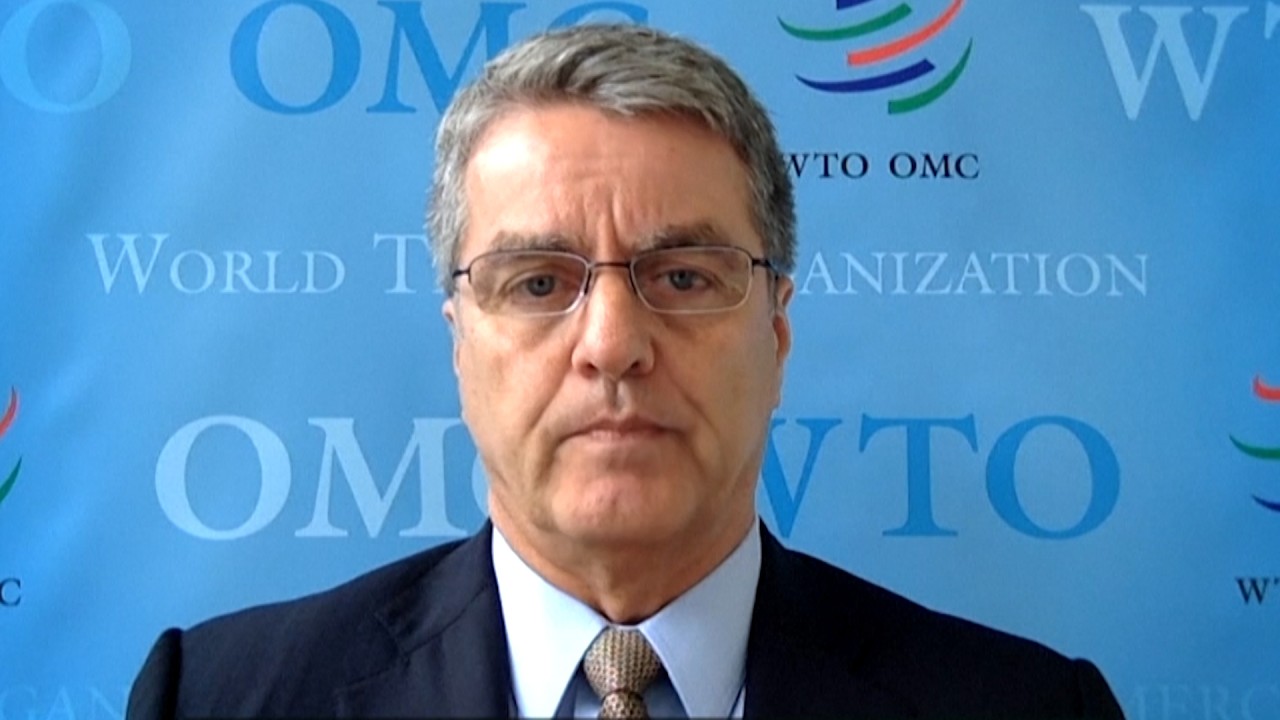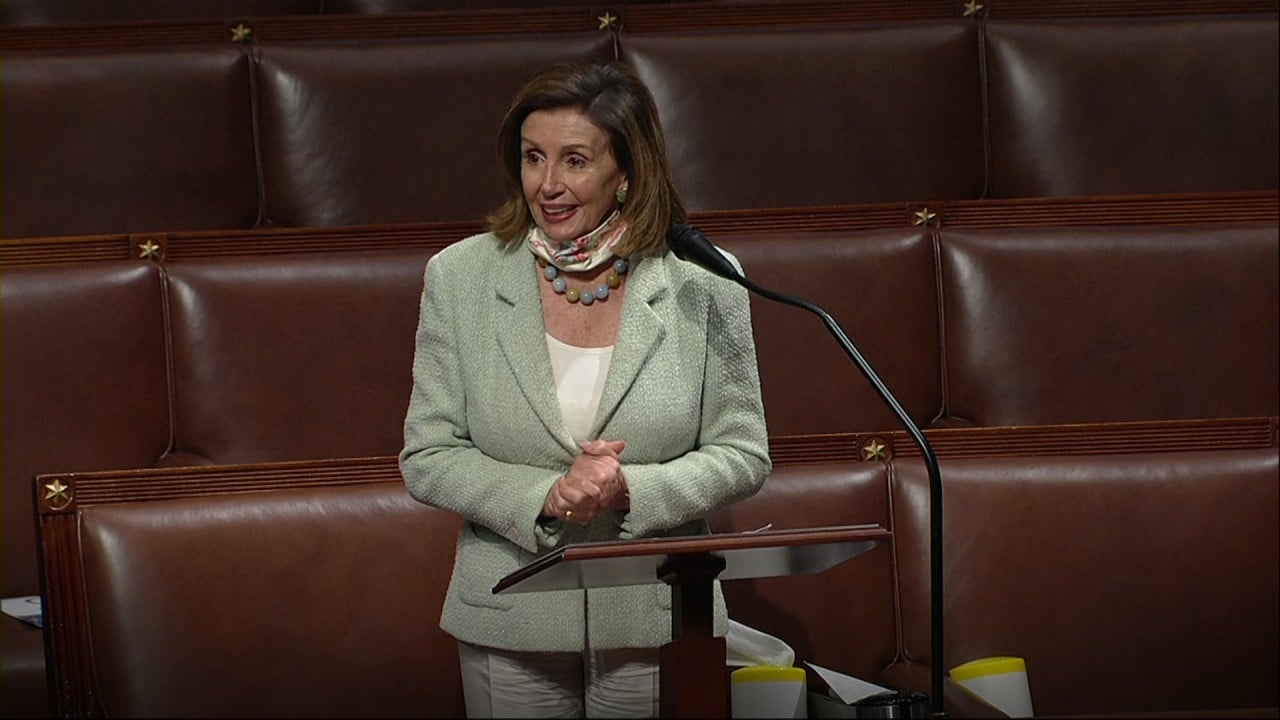
China’s Go West plan fails to capture imagination of foreign firms suffering from ‘regional development plan fatigue’
- Foreign firms unconvinced by China’s latest efforts to revitalise its 12 underdeveloped western local economies
- Beijing urged to focus on ‘long-term factors, not short-term subsidies and tax deferrals’, while Xinjiang human rights issues could also act as a deterrent
This is the third story in a three-part series examining the Chinese government’s new Go West plan to develop the central and western regions of the country in response to growing challenges in the international environment. You can read the first and second stories in the series here.
China’s latest blueprint to stimulate its western provincial economies has been met with a collective shrug of the shoulder from foreign firms, many of which are suffering from “regional development plan fatigue”.
A slew of infrastructure projects will also seek to tick off political objectives, such as strengthening China’s western borders, at a time when it is engaged in territorial skirmishes with India in the Himalayas, and also as it continues to aggressively push its Belt and Road Initiative in Central and South Asia.
Unless you follow these issues really closely it is hard to understand what differentiates them from any of the other development initiatives that have come before, a lot of which has been very disappointing
“The strategic importance of the western regions was elevated after Covid-19. China wants to strengthen its influence in Central, Western and Southeast Asia for national security reasons and to protect China’s central position in global supply chains,” said Dan Wang, an analyst at the Economist Intelligence Unit in Beijing.
“Unless you follow these issues really closely it is hard to understand what differentiates them from any of the other development initiatives that have come before, a lot of which has been very disappointing,” said Allison Sherlock, China researcher at the Eurasia Group. “Investors have got regional development plan fatigue at this point.”
The plan is the latest in a succession of efforts to revive the economically underdeveloped regions stretching from Inner Mongolia in the far north to Xinjiang and Tibet in the far west, following the first western development plan 20 years ago.
This plan sounds interesting. But my first thought [when contacted] was: what’s that?
China’s industrial and commercial hubs still hug the coast, even as though the territory designated by the government as “western regions” cover almost three-quarters of China’s land mass and a third of its population. But analysts and business figures are sceptical as to whether it has resonance among international firms as yet.
“This plan sounds interesting. But my first thought [when contacted] was: what’s that?,” said Paul Sives, chairman of the European Chamber of Commerce in China's Southwest Chapter in Chengdu, the capital of Sichuan province, which is one of the 12 provincial economies covered.
Sives presides over a chamber with 178 members, largely split between Chengdu and Chongqing, but said that among foreign firms the plan is not a topic of conversation.
“At recent meetings with officials there has been a definite push to announce attractive policies for foreign investment. But in this current situation of Covid-19 and with the global economic situation being what it is, wouldn’t it be better to focus on the businesses that are already here and ensure that they stay here, rather than looking for a foreign investment, which is very unlikely to come right now?,” Sives added.

00:43
Global trade decline will be ‘steepest on record’ in second quarter, WTO says
An example at the Samsung foundry in Xi’an in Shaanxi province suggests that some local governments are aware of the need to take care of their current investors, as well as attracting new ones.
In April, China allowed 200 of the firm’s South Korean employees to return to Xi’an to continue expanding a memory chip plant, after agreeing to some exceptions to sweeping coronavirus-linked travel bans for some vital technical staff.
Sives said that European firms in the southwest have not had the same treatment, and that he had written letters to the mayors of Chongqing and Chengdu, along with Sichuan’s governor, to suggest that this issue should be a priority, rather than “pushing hard for new foreign investment in an economic environment that is falling apart”.
European companies will contribute to the Go West campaign only where it aligns with their long-term business interests
Those who have studied the plan, suggested that it is likely to be met with a mixed response among international firms, some of which have been chastened by previous ventures outside traditional business and export hubs in the east.
“European companies will contribute to the Go West campaign only where it aligns with their long-term business interests,” said Joerg Wuttke, president of the European Union Chamber of Commerce in China. “That’s a ‘yes’ for industrious and innovative up-and-comers like Sichuan and Chongqing, and a ‘no’ for areas that lack the stability that major investments require.”
Wuttke pointed to the European gas producers who had their western Chinese operations “completely shutdown for months” after the sudden coal-to-gas transition in the winter of 2017 resulted in a severe natural gas shortage.
“Such volatility was not easily overcome, nor is it easily forgotten,” Wuttke said, adding that rather than shooting for minor changes that “may result in a small increase in foreign investment”, Beijing should implement “concrete measures to create an open and fair business environment would have a far greater impact”.

03:21
US House of Representatives sends Uygur Human Rights Policy Act to Trump’s desk for approval
“The same is true for all of China’s major regional development plans, whether it is the new announcements on the Hainan free-trade zone, or the perennial efforts to rejuvenate the northeast,” he said. “European companies invest for the long-haul, and will commit to a region based on long-term factors, not short-term subsidies and tax deferrals.”
The legislation will see US lawmakers scrutinise human rights abuses in the Xinjiang Uygur Autonomous Region, and could result in Chinese officials and entities involved being subjected to economic sanctions and travel bans.
This forced labour is connected to western supply chains and consumers, as Xinjiang produces over 80 per cent of China’s cotton
Within the textile industry, there are fears that companies found to be producing garments using cotton grown in Xinjiang, where most of China’s crop is harvested, and linked to alleged forced labour, could be subjected to punitive actions, including export controls, said an industry source, who spoke under the condition of anonymity due to the sensitivity of the matter.
“This forced labour is connected to western supply chains and consumers, as Xinjiang produces over 80 per cent of China’s cotton. The United States in turn imports more than 30 per cent of its apparel from China,” read a report by the Centre for Strategic and International Studies, released last year.
While we may see that some companies are squeamish about investing in Xinjiang, they might be OK with investing in Sichuan, Gansu or other regions
By comparison, Chongqing saw US$2.36 billion in FDI in 2019, down from US$3.25 billion in 2018; Shaanxi received US$7.73 billion, up from US$6.85 billion in 2018; Sichuan US$12.48 billion, up from US$11.03 billion in 2018, and even Inner Mongolia attracted US$2.06 billion in 2019, compared to US$3.16 billion in 2018, Ministry of Commerce data showed.
“That’s important, because while we may see that some companies are squeamish about investing in Xinjiang, they might be OK with investing in Sichuan, Gansu or other regions. But I would say that there is still cause for more diligence when companies are considering this.”




